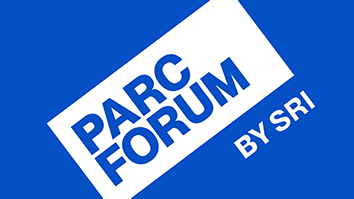Citation
Xie, B., Li, D., London, S. J., Palmer, P. H., Johnshon, C. A., Li, Y., . . . Conti, D. V. (2014). Gender difference in interactions between MAOA promoter uVNTR polymorphism and negative familial stressors on body mass index among Chinese adolescents. Pediatric Obesity, 9(5), E80-E90.
Abstract
Monoamine oxidase A (MAOA) modulates metabolism of serotonin and dopamine metabolism, neurotransmitters involved in regulation of appetite and food intake. The gene coding for MAOA contains a 30-bp tandem repeat (uVNTR) polymorphism in its promoter region that has been previously identified to be associated with obesity with mixed findings in the literature. Our goals were to replicate the population effects of this functional polymorphism on obesity risk, and to further explore gender differences and interaction effects with negative stressors.
Methods
Analyses were conducted with data on genotypes, measured weight and height, and self-reported behavioural characteristics among 1101 Chinese adolescents 11-15 years old living in Wuhan, China.
Results
Girls with the high-activity allele had significantly lower body mass index (BMI; β = -0.25 ± 0.98, P = 0.011) compared to those with the low activity allele. Experience of negative familial stressors (e.g., death or illness of family members, hit or scolded by parents and increased quarrelling with parents, parents argued frequently) significantly weakened this protective genetic effect on BMI (P for interaction = 0.043). Stratified analyses showed a significant protective genetic effect on BMI only within the stratum of low stress level (β = -0.44 ± 0.14, P = 0.002). No similar effect was observed among boys.
Conclusions
Our findings confirm the genetic effects of MAOA uVNTR polymorphism on BMI in a Chinese adolescent population and suggest potential genetic interactions with negative familial stressors.


